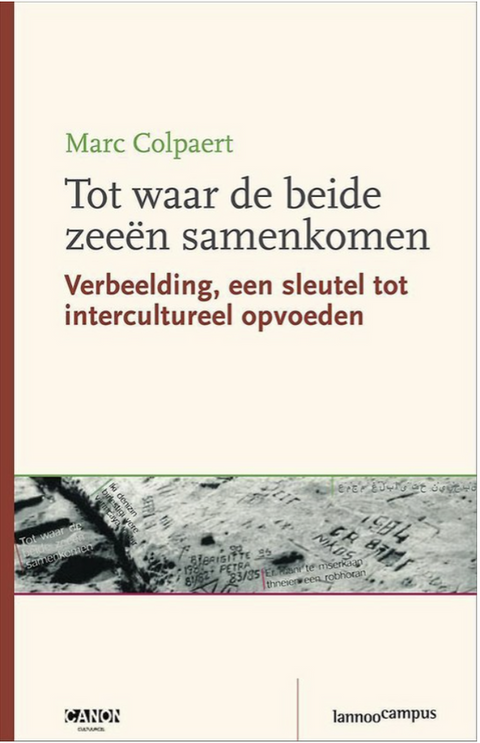
Where the Two Seas Meet: Imagination, a Key to Intercultural Parenting
More than ever, there is a need for intercultural dialogue. Children can best be educated in this dialogue from an early age. Education should be the great pioneer. But where do teachers get their inspiration for this? Marc Colpaert sets them on their way. Starting from his personal story and rich life experience, he involves the reader in his search for the place and meaning of the other. The quest takes us away from the philosophical and psychological errors of the 20th century. Martin Buber, Emmanuel Levinas and Ivan Boszormenyi-Nagy are presented in an unusual way and tested for their significance for intercultural dialogue. They are a stepping stone to new ways of experiencing reality, which are expressed vividly by writers and artists such as Edwin Jacobs, Karen Armstrong, Raimon Panikkar, Durre Ahmad, Kader Abdolah, Chokri ben Chikha and many others. The conclusion is that you cannot grasp reality with the language of reason, with the logos, alone. Every culture indicates that meaning is realized through a different use of language, through the language of the myth. But if we no longer nourish and cherish our own imagination, we will never be able to enter into dialogue with the meaning and story of the other. Meeting is not of the order of 'being right'. The author Marc Colpaert - with the support and advice of teachers - provides incentives to rediscover that language. This original and innovative book makes it clear that more attention should be paid to the development of the imagination of pupils at all levels of education. Because an intercultural education - especially with a view to Islam - has no chance of success if the imagination is excluded from that process. The book is aimed at all teachers and encourages them not to lose sight of the mythical and musical aspect in education. The rapidly changing society has every interest in leaving more room for intuition and ingenuity in the dialogue between population groups. On a DVD that accompanies this book, Kader Abdolah, Durre Ahmad and monk Cyrille Vael are questioned extensively about the necessity of imagination, dream and symbolism. Visual anthropologist Laurent van Lancker portrays them.

Free and fast delivery

Same day shipping




